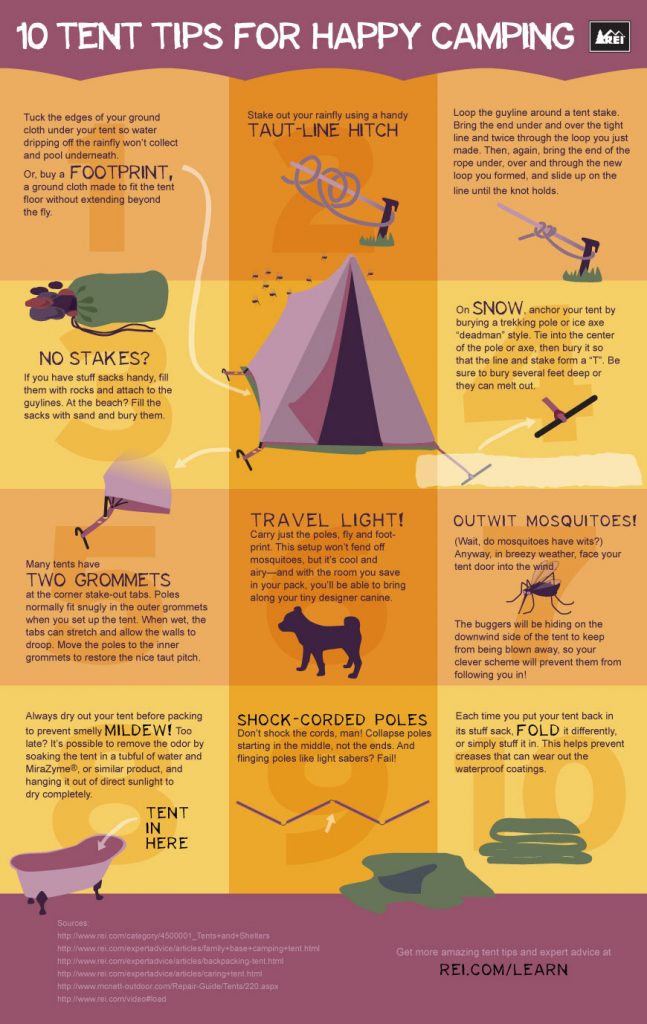Capturing outstanding photographs of the night sky needs cautious preparation. Inspecting the weather prediction for clear skies is crucial, as is knowing what time the moon rises and sets.
Should I buy a canvas tent?
Begin by adjusting your camera to hand-operated capturing mode. Take several examination shots with numerous ISO, aperture and shutter speed setups to see what functions finest.
Camera
A basic DSLR electronic camera with a large lens works well for night-sky photos, yet any type of camera with a huge sensing unit and a manual focus setup ought to work. The integral part is that the cam can be set to fire in RAW style, which allows for optimum versatility when editing.
Relying on the preferred effect, you might wish to take several direct exposures and after that combine them in post-processing. This can be helpful if you're firing both a foreground things (like a lake, tree, car or a structure) and the night skies and need to expose each at various settings.
You can additionally explore long-exposure shots that reveal star trails. This can be accomplished by focusing your framework on the North Celebrity and making use of a shutter speed lasting for several minutes. This creates impressive arcs and vortex-like circles of light around your topic. It can be time consuming, however the outcomes are sensational!
Lens
One of one of the most essential consider night skies photography is picking the appropriate lens. A high resolution, wide angle lens will help you capture as numerous stars and the moon in your photo as possible.
You will likewise need a tripod to avoid cam shake throughout lengthy direct exposures. It is likewise suggested to fire in RAW mode, which will offer you more latitude in post-processing.
Another element is timing. It is best to plan for when the Milky Way will rise or set depending on your location. There are several apps and websites to help with this including PhotoPills.
Finally, it is good to have an interesting foreground in your photograph to add depth and contrast. Using interesting rock formations, structures or even people can add a sense of range to your image and make it much more impactful. Your structure needs to additionally adhere to basic photo concepts, such as the policy of thirds and locating top lines.
Shutter Rate
The shutter is the part of your cam that sits in front of the picture sensing unit and opens and near to tape a direct exposure. Its speed affects how much light your picture obtains-- the faster it is, the much less light gets in.
A slower shutter speed allows extra light in, yet likewise blurs any activity that takes place during the exposure, which serves for recording star trails and various other impacts such as a long exposure to develop an attractive evening sky.
With the right tools, it's possible to produce images that are nearly as bright as daytime and still have the ability to catch dazzling fancy camping tents information of the Milky Way and celebrities. For optimum quality, try to get as away from towns and cities as feasible and inspect websites such as this one for cloud maps and dark skies.
ISO
Picking an ISO setup is a critical action in night skies photography. The higher the ISO worth, the much more sensitive your electronic camera will be to light and the brighter your image will certainly be. However, if you go too high, the sound in your photo will certainly be too noticeable.
An excellent starting point is to set your electronic camera to a reduced ISO of 800, after that take a test shot. If this image is also dark, enhance the ISO one quit at once up until you have an acceptable photo.
Foreground shots in evening sky pictures require a lot longer exposure times than the celebrities, so you'll wish to use a tripod. To further support your cam, utilize the remote shutter launch to prevent any shaking brought on by pressing the switch yourself. Also, keep in mind to keep your lens in Handbook Emphasis setting. This will assist you to maintain the very same focal length throughout your shoot. The Rule of Thirds is an important policy for composing night sky images, assisting to balance and merge your pictures.
Do glamping pods have electricity?
